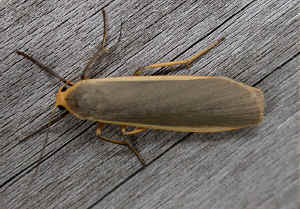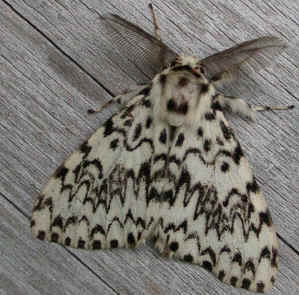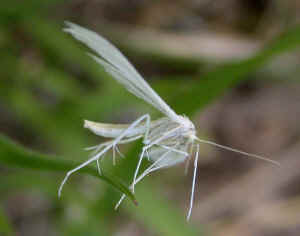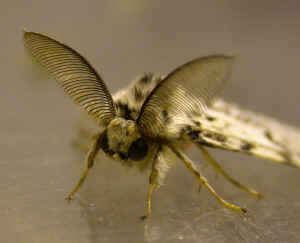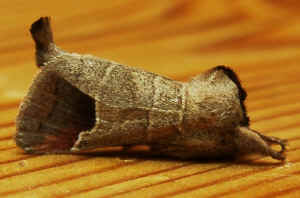| Identifying Moths | |
| Moths, together with butterflies,
make up the insect group known as Lepidoptera. With around 2,500 species of moths in
Britain (contrasting with approximately 60 species of butterflies), identifying individual
species can be a fairly specialist task! Of the 2400 moths, roughly 800 species are
classed as 'Macrolepidoptera'. The remainder are classed as 'Microlepidoptera, or micro
moths. This latter group, as their name suggests are usually, although not always, much
smaller than the Macrolepidoptera and are considered to have more primitive
characteristics. Identifying micro moths may be a fairly challenging task, but many of the
Macrolepidoptera are sufficiently large and distinctive enough for anyone with enthusiasm
and a keen eye to be able to identify. Things to look for: |
|
 |
Size : Adult moths (as with all insects) are already full size and do not grow after emerging. Therefore, although there may be some variation in size within a species, all species have a fairly narrow characteristic size range.Moth species in Britain range in size from Hawk-moths, which may have a maximum wingspan of 3-4 inches, (Privet Hawk-moth left), to minute micro moths, which can require the use of a hand lens to view properly. |
